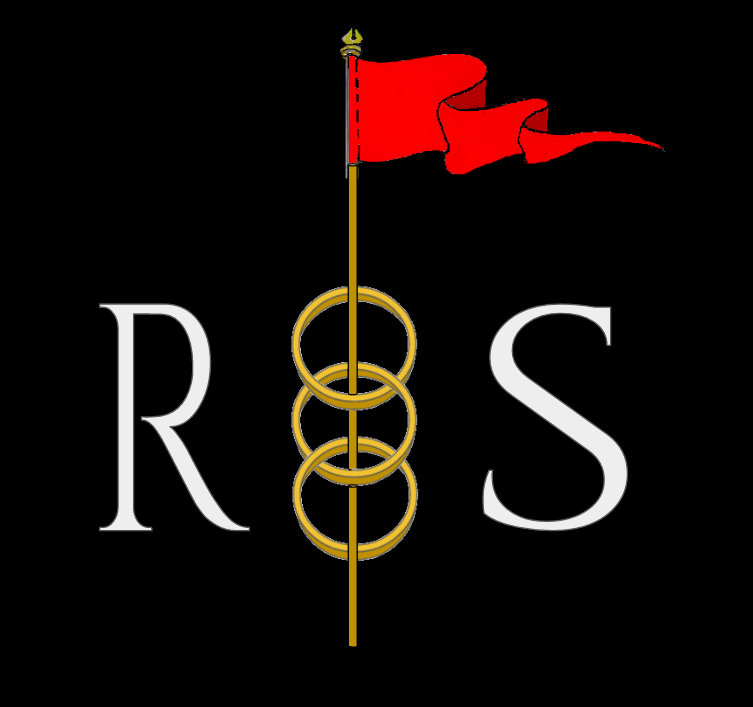The Writer’s Guide to Medieval Swords: Part 1


Swords are almost synonymous with the fantasy genre, from Sting to Excalibur to Ice. Yet because they are not an item most people encounter anymore, there is a lot of misconceptions. Unfortunately, this misinformation is repeated in movies, books, and television shows until the producers and their audiences all think it to be correct. I will be focusing on medieval European swords since most fantasy is inspired by this period and region and it’s where the bulk of my experience lies.
As always, magic is the exception to the rules. Because magic.
The “Sheath of Shing”
You probably already know what I’m talking about. Someone pulls their sword from the scabbard with a loud dramatic “shing!” I admit it: this is one of my pet peeves. Most swords from the Middle Ages had scabbards made of wood covered in leather although there were some all leather scabbards. A sword drawn from one of these hardly makes a sound.
Of course, there are exceptions. Military swords from 19th century Europe commonly were either all metal, wood covered in metal or, if they were all wood or leather construction, had a metal throat. A sword drawn from a metal scabbard will produce the iconic “shing.” The sound can also be produced by any scabbard with a metal throat that touches the blade, although it won’t be as dramatic. I recommend watching Schola Gladiotora’s video here. [1]
Writer Tip: Ask yourself why you want to include the “shing” in your scene. Is it to build tension and drama? Is there another way you could achieve the same effect? Also, consider the dramatic opportunities of a sword being drawn without a sound.

Photo courtesy of Shutterstock.
Weight
One of the common misconceptions about swords is the weight, especially if you’re referring to a larger sword such as a claymore or a German zweihänder. I’ve seen claims of medieval swords weighing 10-15 pounds (4.5-7 kg). The average medieval sword weighed between 2 ½ to 3 ½ pounds (1 to 1.5 kg). The average zwaihänder had a weight of 4 ½ pounds (2 kg) and claymores tipped the scales at 5 ½ pounds (2.5 kg). For more information, I suggest ARMA’s article by J. Clements here [2]. The thing to remember about swords is a person had to be able to wield one for up to hours at a time. For example, the Battle of Hastings lasted for nine hours. Imagine swinging a ten-pound sword for that long!
Balance
The other factor to keep in mind with swords is balance. The balance point is the physical place on the blade where the weight is equally distributed between the blade and the handle, usually located 2-3 inches (5-7.5 cms) up the blade from the hilt. You literally can balance a sword on the edge of your hand at the balance point. The reason balance is so important is because it prevents fatigue and effects speed. If a sword is blade heavy it will take more effort to swing it and the swing will be slower.[3]
I hope this was helpful. Let me know if you have any questions or suggestions by using the Contact Me form on my website or writing a comment. I post every Friday and would be grateful if you would share my content.
If you want my blog delivered straight to your inbox every month along with exclusive content and giveaways please sign up for my email list. To celebrate my first newsletter I will be giving away a copy of “Build Your Author Platform” by Carole Jelen and Michael McCallister, a book that has been invaluable in helping me build my platform. The deadline to sign up to be entered in the drawing is Aug. 30th.
Let’s get writing!
Copyright © 2020 Rebecca Shedd. All rights reserved.
[1] https://youtu.be/0xAjpdkO-6o
[2] http://www.thearma.org/essays/weights.htm#.XwiuJShKjIU
[3] https://www.sword-buyers-guide.com/sword-terminology.html

Pingback: Writing Medieval Swords: Part 2 | Rebecca Shedd - Author
I?¦ve recently started a site, the information you offer on this site has helped me tremendously. Thank you for all of your time & work.
LikeLike
My brother suggested I might like this blog. He was totally right. This post truly made my day. You can not imagine just how much time I had spent for this information! Thanks!
LikeLike
Throughout this grand pattern of things you’ll secure an A with regard to hard work. Exactly where you actually misplaced me was on all the facts. You know, they say, the devil is in the details… And that couldn’t be more true in this article. Having said that, permit me say to you what exactly did work. Your article (parts of it) is actually extremely persuasive and this is probably why I am taking the effort to opine. I do not make it a regular habit of doing that. 2nd, although I can certainly notice a jumps in reason you come up with, I am not really confident of exactly how you appear to connect your details that make the conclusion. For the moment I will subscribe to your position however wish in the foreseeable future you actually connect the dots much better.
LikeLike
you will have an important weblog right here! would you prefer to make some invite posts on my weblog?
LikeLike
You can certainly see your enthusiasm in the work you write. The world hopes for more passionate writers like you who are not afraid to say how they believe. Always go after your heart.
LikeLike
Thank you, I’ve just been searching for info approximately this subject for a while and yours is the greatest I’ve discovered so far. But, what in regards to the conclusion? Are you positive concerning the supply?
LikeLike
I used to be more than happy to find this net-site.I needed to thanks on your time for this wonderful learn!! I definitely enjoying each little bit of it and I’ve you bookmarked to check out new stuff you blog post.
LikeLike